I used to roll my eyes at red velvet cake. It seemed more style than substance: a vivid red sponge slathered in frosting, often “bland in flavour and garish in colour,” as pastry chef-turned-writer Olivia Potts once put it. To me? It was a gimmick – a cake with a neon identity crisis, beloved by millennials queuing outside Instagrammable bakeries of the noughties. But like many skeptics, I eventually found myself seduced by a well-made red velvet. Beneath its gaudy exterior lies a surprisingly elegant balance of taste and texture, a cake that, when done right, is as delightful as it is dramatic. Red velvet can convert even the most jaded palates (mine included) with its tender crumb, subtle cocoa undertone, and tangy cream cheese kiss of sweetness. In fact, step into a bakery that takes its craft seriously and you’ll find that a properly executed red velvet cake can be a thing of beauty – moist scarlet layers with a bittersweet tangy flavour, frosted with thick, tart, and buttery cream cheese frosting, each bite as lush as…well, velvet. It’s a cake that wears its flamboyance on its sleeve, yet backs it up with real depth – think of it as the Dolly Parton of desserts, “showstoppingly gaudy – the baked equivalent of Dolly herself,” in the words of food writer Felicity Cloake. Unabashedly bold but utterly charming.

To understand how red velvet cake became such a star, we have to delve into its origins – a story that spans centuries and continents. Despite its modern ubiquity, red velvet’s roots are tangled in food lore. The “velvet” part actually predates the colourful hue: in the 19th century, American cookbooks featured “velvet cakes”, a name given to cakes prized for their soft, fine crumb (as luxurious as the fabric). These early velvet cakes weren’t red at all – they could be flavoured with almond meal or cocoa to yield a plush, tender texture that set them apart from the coarse sponge and pound cakes of the day. By the early 1900s, chocolate entered the scene. Bakers discovered that using a touch of natural (non-alkalised) cocoa powder along with acidic ingredients like buttermilk or vinegar produced a curious effect: the cocoa’s pigment, anthocyanin, would react to the acidity and reveal a reddish-brown tint. Early recipes for “mahogany cake” or “red devil’s food” exploited this quirk, yielding cakes with a ruddy hue – closer to rust or burgundy than the fire-engine red we're familiar with. In truth, those cakes weren’t intended to be bright red at all; the tint was more a byproduct of chemistry and “the faint reddish hue” of unprocessed cocoa. Still, the name “red” caught on as a way to distinguish these cocoa cakes with a slightly lighter, reddish crumb from their darker devil’s food cousins.
How, then, did we get from a humble cocoa cake with a mild mahogany blush to the scarlet showstopper that graces bakery counters today? The turning point came in the 1930s and 40s, amid the Great Depression and World War II. As sugar and butter were rationed and luxuries scarce, some bakers turned to boiled beetroot juice to moisten and colour cakes – a “WWII hack” that produced a red-tinged cake even when cocoa was in short supply. Around the same time, the spread of food colouring in home kitchens allowed bakers to achieve that unmistakable bright red crumb. Home bakers, thrilled by the cheerful crimson cake during bleak times, flocked to the recipe. Thus, the modern bright red velvet cake was born – boosted by food colouring and American ingenuity.

By the 1940s the cake was becoming an American staple: it featured in Joy of Cooking by 1943, and was served with pride from New York to Toronto. Skeptics sniffed at the artificial hue – legendary chef James Beard reportedly dismissed red velvet as “bland and uninteresting” in 1972 – yet the cake quietly persisted, a favourite at church potlucks in the American South and an heirloom recipe in many families’ recipe boxes.
It took a cultural moment in the late 20th century to propel red velvet from modest nostalgia to full-on fame. In 1989, the cult-favourite film Steel Magnolias hit cinemas, and with it an unforgettable comic scene: an armadillo-shaped groom’s cake, red velvet innards and grey frosting “fur,” being sliced into at a Southern wedding. That gory-red armadillo cake was pure camp – “Shirley MacLaine hacking into the blood-coloured tail of an armadillo-shaped groom’s cake” as one writer vividly recalled – but it lodged red velvet in the national consciousness and linked it indelibly to Southern celebration.

Not long after, in the 1990s, red velvet’s popularity grew through bakeries across the Atlantic and spread across the UK. The flavour (and colour) popped up in everything from doughnuts to lattes, pancakes to perfume. Red velvet had transcended its humble origins to become an icon, as standard in the bakery repertoire as carrot cake or Black Forest gâteau. It even acquired layered meanings: in Black American communities, red velvet cake has in recent years become a Juneteenth staple – the red symbolising the blood, resilience and sacrifice of ancestors. A cake that once seemed a gaudy novelty had achieved the ultimate culinary accolade: it became meaningful.
Britain’s initial response to red velvet, however, was mixed. When this American import first swept into the UK in the wake of the early noughties cupcake craze, many Brits were confused about it - What is the flavour even? Was it chocolate? Vanilla? Why was it so red? We eventually learned that the point was partly theatre – “if you don’t want a red cake, you should probably make something else,” Cloake quipped – and partly the unique taste and texture lurking beneath the dye. A classic red velvet isn’t a chocolate cake in a clown costume, nor a plain sponge with food colouring. It has a flavour all its own: a delicate cocoa presence (typically from just a couple of tablespoons of cocoa powder), lots of fragrant vanilla, and a tangy underpinning thanks to buttermilk.

British bakers came to appreciate that when those elements are in harmony, the cake has a more complex taste than its candy-red appearance suggests. Red velvet cake is now a fixture in British bakeries and patisseries, chosen for weddings, birthdays, and celebrations of every kind. You can even find inventive twists - think red velvet cheesecake layers or vegan versions - reflecting how adaptable this classic has become. It’s as much at home on a lavish celebration table as it is tucked into a box for a picnic on the Common.
Want to experience red velvet at its finest? Browse our red velvet cakes in London - each one true to the cake’s classic soul, with a modern twist.
And yes, the British public is not immune to a bit of drama: in 2022, The Great British Bake Off dared contestants to make red velvet – and caused a minor uproar when shocked viewers discovered the recipe included vinegar. (Never mind that vinegar is a fairly common ingredient in red velvet batter – the Twitter reactions of horror were priceless). In fact, vinegar is there for a good reason. A teaspoon of vinegar, combined with baking soda, creates a vigorous reaction that helps the cake rise fluffy and light, and the acidic touch heightens the tang of the buttermilk. Once baked, you’d never detect a sour note – only a tender, exuberantly red sponge with a whisper of chocolatey depth.
So what exactly makes the perfect red velvet cake? Professional bakers will tell you it comes down to balance – of ingredients, technique, and yes, colour. The hallmark of a great red velvet is hinted at in its name: a velvety texture. That means fine crumbs and a moist, soft mouthfeel, never dense or dry. Achieving this starts with the right recipe. Classic red velvet is a butter cake, meaning the base is made by creaming butter and sugar to aerate it. Some modern recipes, such as our Hero Sponge Recipe, call for oil (to amp up moistness) or a mix of oil and butter. Another key is using buttermilk as the liquid. The lactic acid in buttermilk tenderises the batter and adds a subtle tang. “The distinctive tang of red velvet is part of its attraction,” Cloake notes, and most recipes rely on buttermilk plus a touch of vinegar to achieve it. These acids don’t just flavour the cake; they also react with the alkaline baking soda to give the batter extra lift and lightness . The result is a cake that feels lighter than your average butter cake, despite being laden with fat and sugar.
The cocoa in red velvet is minimal – typically one or two spoonfuls – and it serves a dual purpose. Historically, that natural cocoa contributed a reddish-brown tint when it met the buttermilk and vinegar. But just as importantly, cocoa acts as a tenderiser (it’s a dry powder that cuts the flour’s gluten a bit) and lends a faint chocolate flavour . In a red velvet, you don’t want an assertive chocolate punch – if you added enough cocoa for a real chocolate cake, you’d muddy the flavour and, of course, the colour. So the ideal cocoa-to-vanilla ratio skews heavily to vanilla, with cocoa as a supporting note. Some bakers even use brown sugar or a touch of coffee to deepen the flavour without adding too much cocoa (we don't). The perfect red velvet crumb should taste mildly cocoa-kissed, yet unmistakably its own thing – not quite chocolate, not quite vanilla, with a creamy tang that makes each bite beguilingly moreish .
And then, of course, there is the matter of the red. The crux of the controversy! Red velvet’s colour has always been part of its mystique. Today that intense red is usually achieved with food dye – and not a small amount, either. A traditional Southern recipe might use multiple bottles of liquid red food colouring, whereas modern gel colours are more concentrated (allowing one to use a teaspoon rather than tablespoons). Some bakers have balked at dumping in so much artificial colouring – understandably so. In fact, a whole movement in recent years has pushed for natural alternatives. Options include beetroot powder or juice, pureed raspberries, hibiscus, even boiled red cabbage water (less appetising, perhaps). The problem is that natural colorants can be finicky: they often turn brown when baked or impart their own flavour. One pastry chef famously attempted a red velvet using beet puree and red wine for colour – the result was delicious, with a warm reddish-brown hue, but decidedly not the traffic-stopping red one expects, defeating the primary purpose of a Red Velvet Cake. In the UK, where regulations are stricter, there’s often a hunt for the best balance between a dramatic red hue and a clean, neutral flavour. The best natural red will never quite match that unapologetic, vivid carmine that screams this is a Red Velvet Cake. For now, the perfect middle ground seems to be: use just enough high-quality dye to get a clear red hue, but not so much that it gives an off taste. And perhaps offset the garishness with a bit of humour – after all, part of red velvet’s charm is that it’s a little cheeky. It’s a cake that knows it’s dressed up for a party, and that’s exactly the vibe you want.
Finally, we come to the frosting – the crown atop the crimson king. Traditionally, red velvet was paired not with today’s ubiquitous cream cheese frosting, but with a cooked ermine icing (also known as boiled milk frosting or roux frosting). This old-fashioned icing is made by cooking flour and milk into a thick custard, then whipping it into butter and sugar. The result is exceptionally smooth and light, often likened to whipped cream in texture, and not too sweet. Many vintage Southern recipes still use ermine icing, and some pastry chefs swear by it, noting that it “really does melt in the mouth” and lets the cake’s own flavour shine . Cream cheese frosting, by contrast, became popular later – especially once red velvet went mainstream in the 1980s and 90s. Its tangy richness is a natural companion to the cake’s flavour profile (tang + cocoa + acid is a harmonious trio), but cream cheese frosting can be heavy and very sweet. Some professional bakers have addressed this by using lightened versions of cream cheese frosting – for example, folding in whipped cream, or using a Swiss meringue buttercream base with cream cheese blended in. For a truly elegant finish, many modern patisseries, like us, offer Swiss meringue buttercream that’s lighter on sugar, for a smooth, creamy texture without overwhelming sweetness. This kind of high-end touch keeps the cake feeling indulgent yet balanced, avoiding the cloying sugar rush that lesser red velvets can inflict. And speaking of balance, texture contrast is welcome, too – many Southern bakers adorn red velvet with toasted pecans or walnuts for a bit of crunch, or at least a scattering of cake crumbs on the frosting for visual appeal. The ideal red velvet slice should have visual drama (stark red cake against white frosting, or perhaps a chic red-on-red if crumbs decorate the top) and a flavour that doesn’t disappoint: sweet but not too sweet, creamy and tangy, with the cake and frosting in harmony. When you take a forkful, the layers should yield effortlessly, and the taste should offer a gentle cocoa warmth underlining that distinctive buttery vanilla tang.
At this point, it’s clear that red velvet is much more than a passing teenage fad. It has history, science, and sensationalism on its side. From its Victorian velvety beginnings, through its mid-century dye-fuelled glow-up, to its present status as a global star, red velvet cake has continually reinvented itself while staying true to its core appeal. Today’s top bakers treat it with the respect of a classic: using the finest ingredients (quality cocoa, real buttermilk, pure vanilla) and often adding their own modern twists. In the UK, you’ll find high-end interpretations galore – from red velvet cheesecakes to red velvet cookies, doughnuts, and even mash-up creations like cupcakes topped with red velvet crumb truffles. This adaptability is part of why red velvet endures – it can be dressed up for a wedding in ivory buttercream and flowers, or dressed down for a casual snack. It’s equally at home as the romantic Valentine’s Day cake for two, heart-shaped and sweet, as it is as a spooky Halloween “blood cake” with gory red innards. It has graced Southern Thanksgiving tables, dyed green it becomes “Grinch cake” for Christmas, and been the centrepiece of birthdays from Texas to Tokyo. Few cakes can claim such range.
In the end, the perfect red velvet cake is somewhat subjective, but most aficionados agree on a few principles. It should have visual wow-factor, but not just rely on food dye – the cake beneath must be worth the attention. It should be moist (that word all bakers use unapologetically here), with a fine, plush crumb that earns the velvet name. The flavour should be gentle yet distinctive: a hint of cocoa, a splash of vanilla, and that crucial buttermilk tang that cuts through the sweetness. The frosting should be creamy and luxurious, but should never bully the cake into submission; rather, it should provide a cool, slightly tangy counterpoint and a silky finish. When all those elements coalesce, red velvet cake sings. It’s the reason former naysayers like me have been won over – the reason Olivia Potts ultimately defended red velvet after initially mocking it, and why so many dessert lovers keep returning to this flamboyant red darling. Yes, it’s a little brash and unapologetically indulgent. That’s exactly its charm. And for those of us enticed by a bit of culinary drama, the perfect red velvet cake hits every note. It’s gloriously tacky and purely delightful all at once – a cake with a story to tell and a flavour to remember, long after the last red crumbs have vanished from the plate.
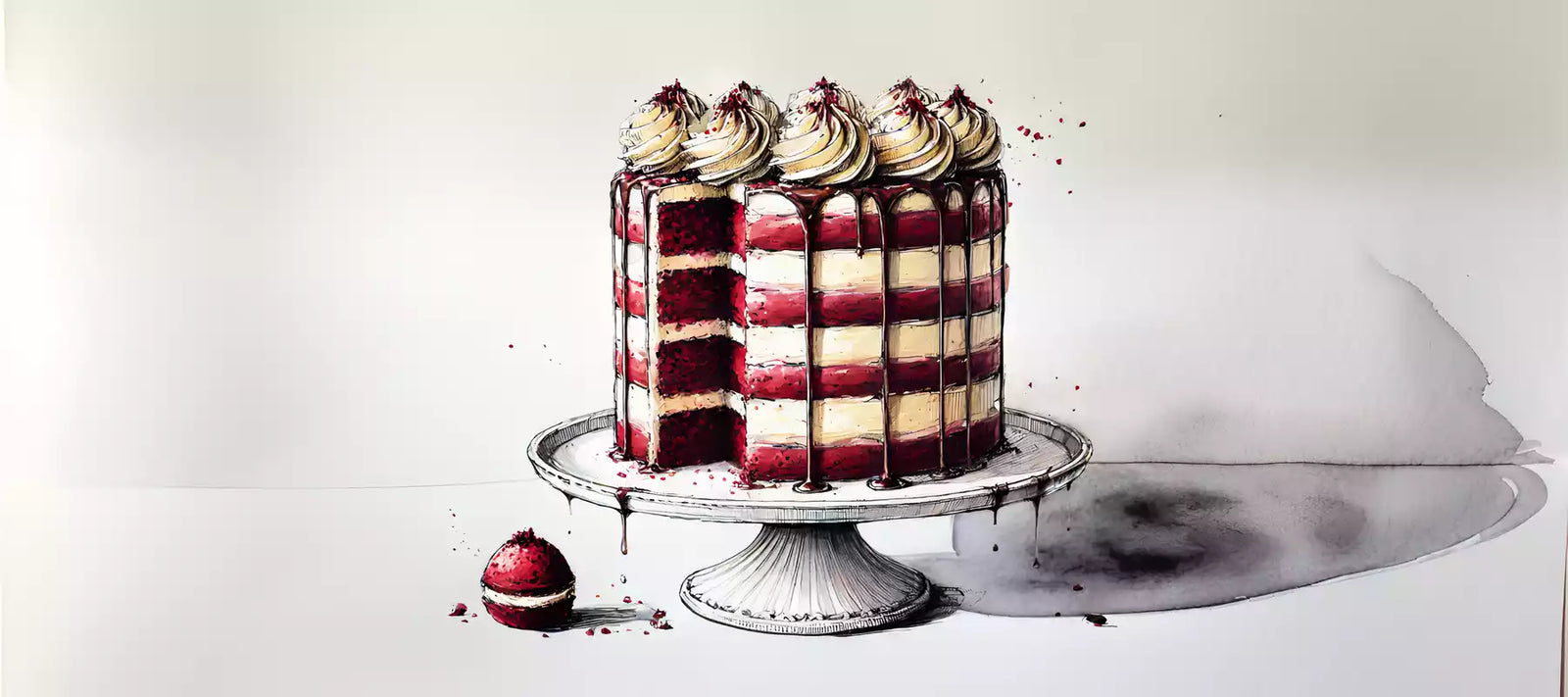


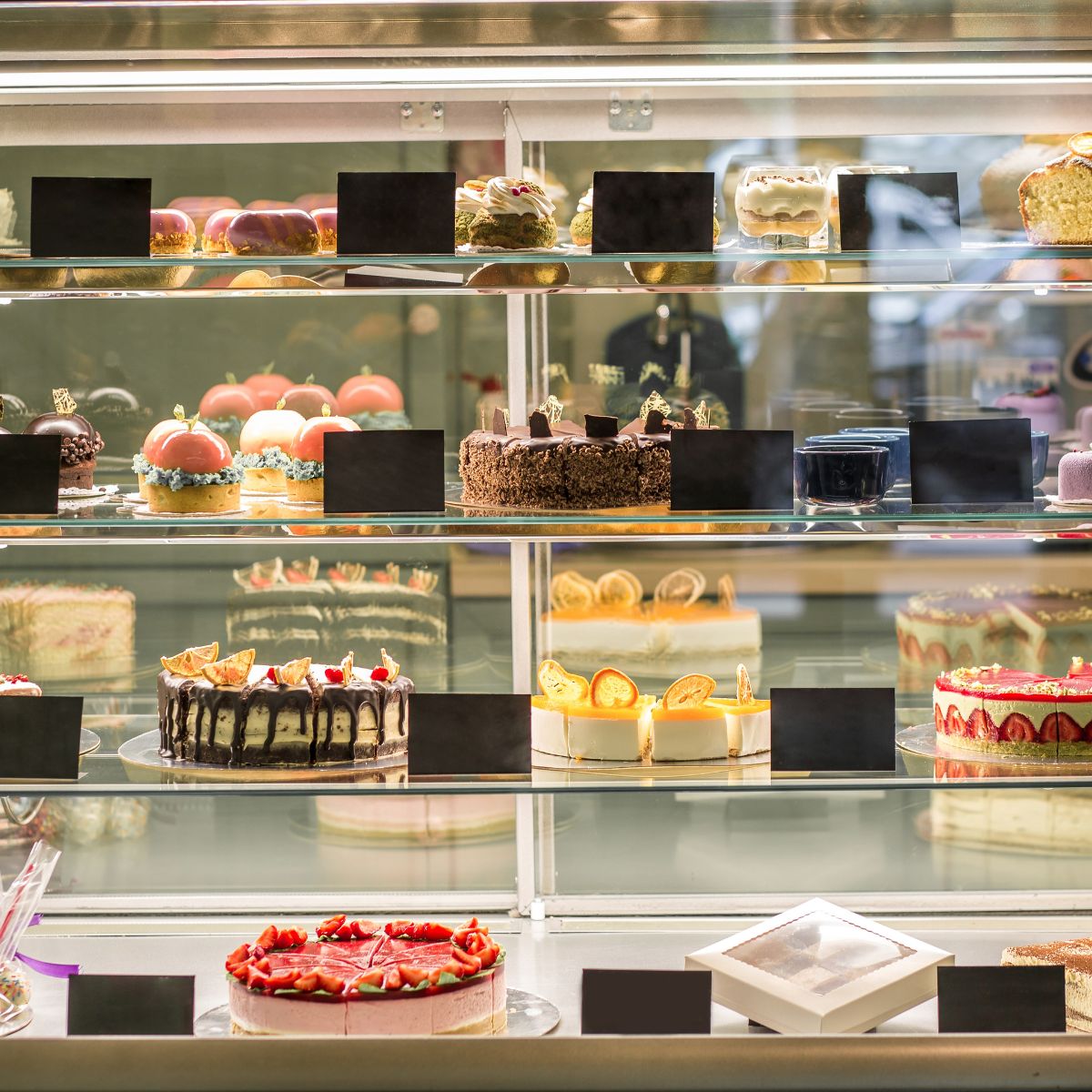
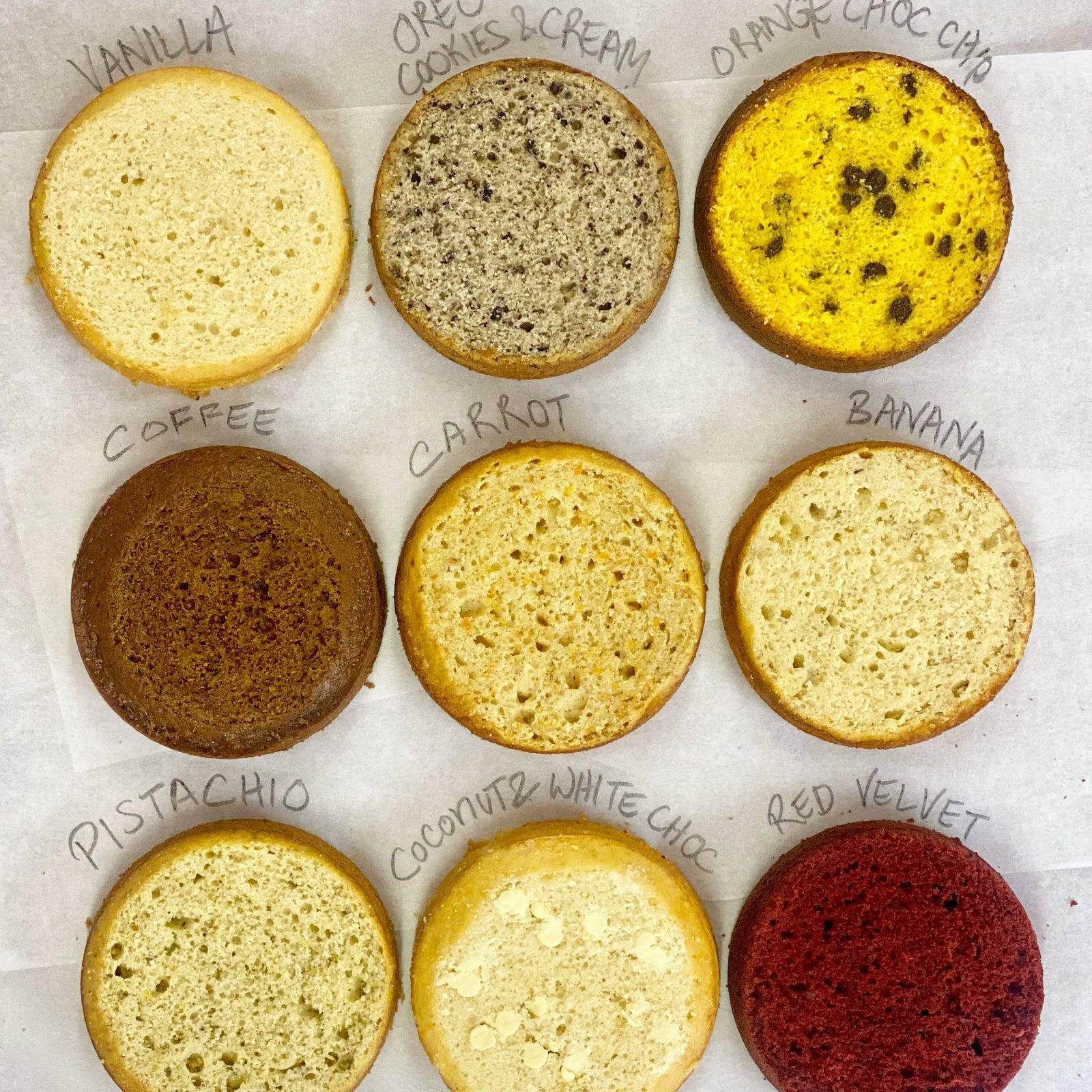
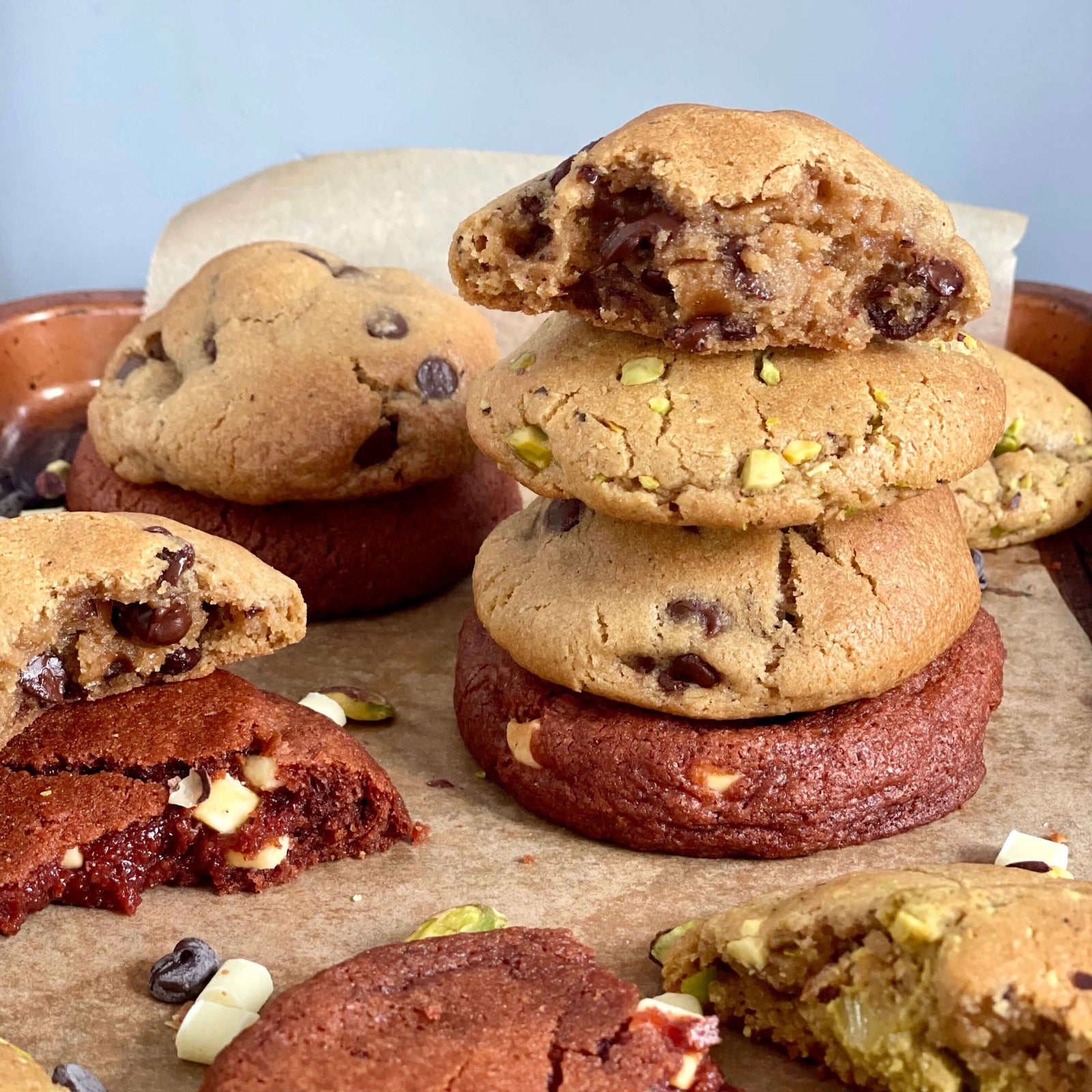
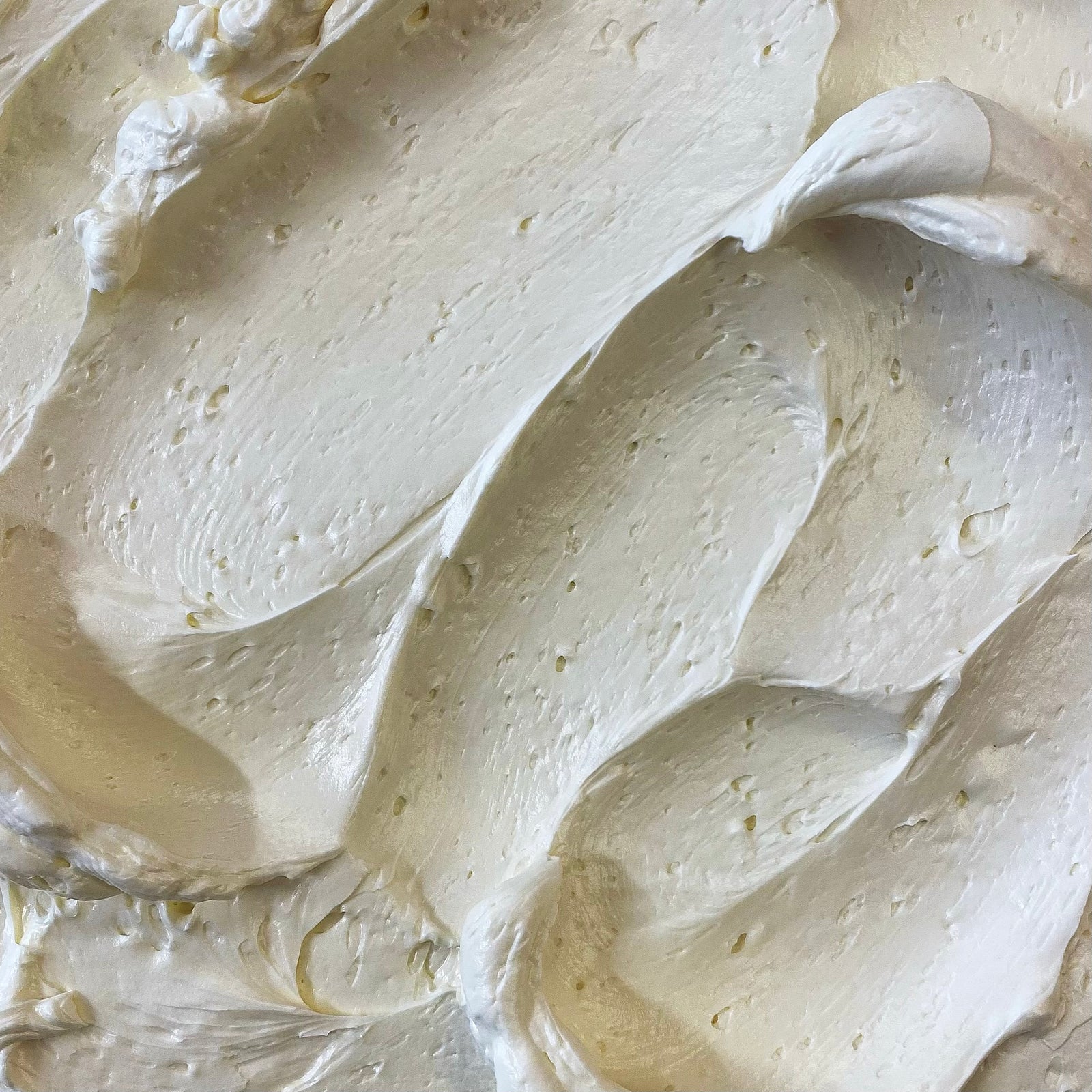
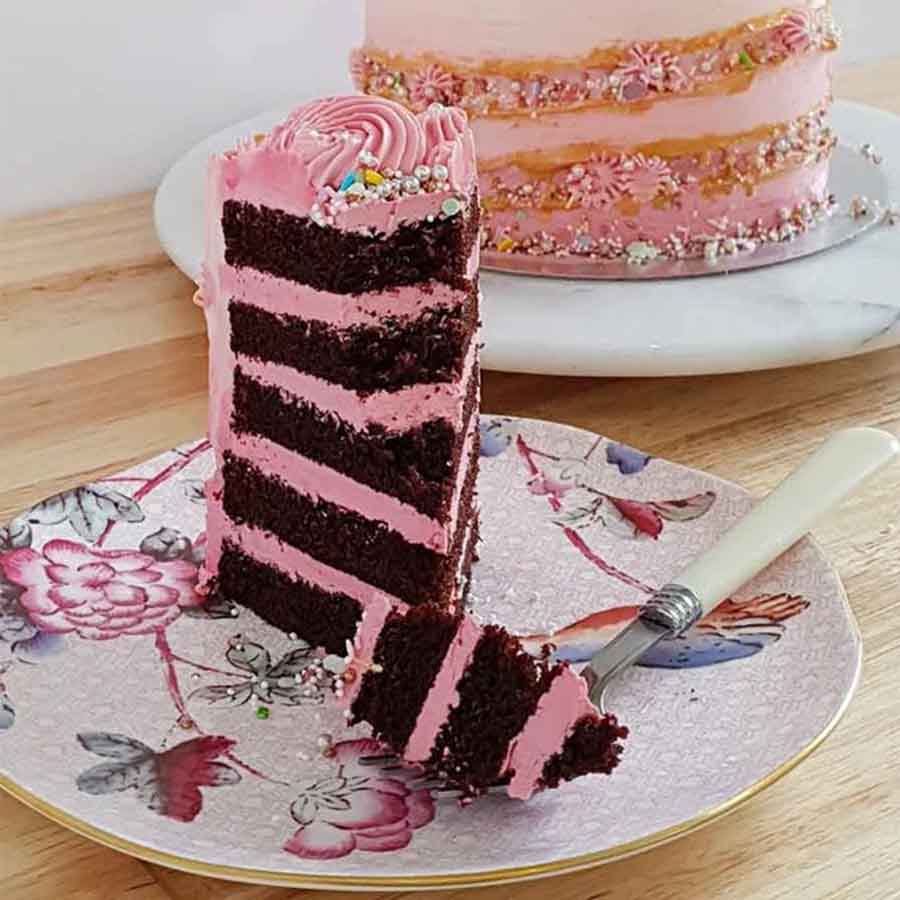
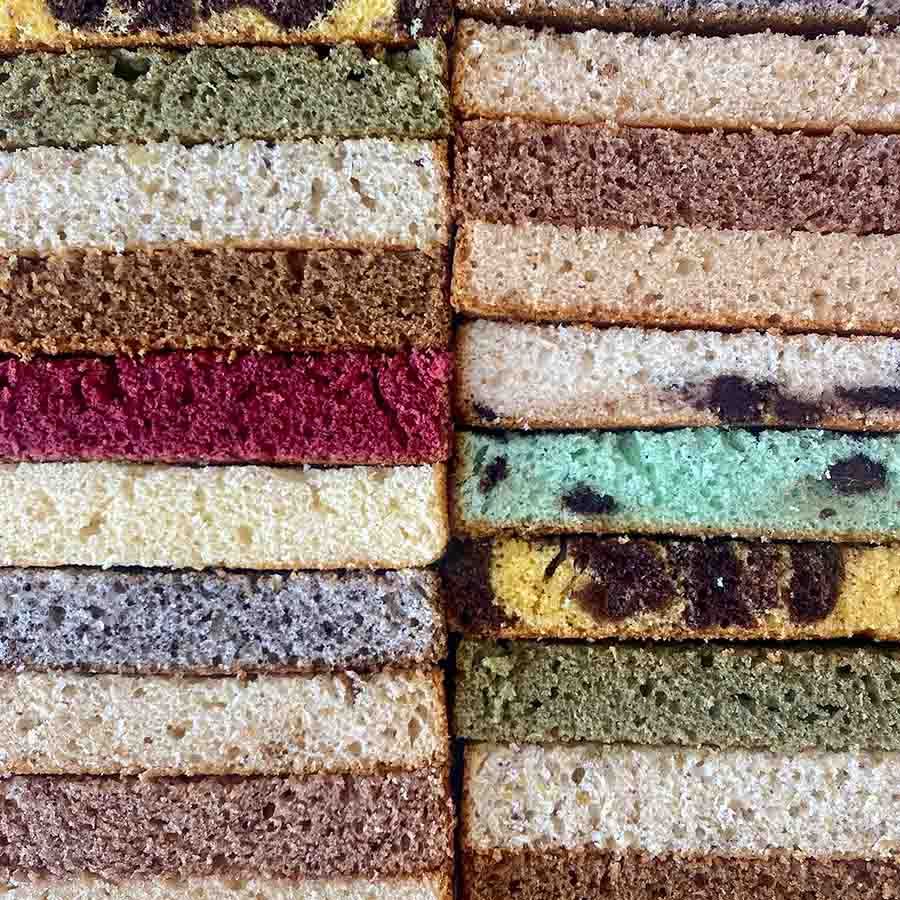
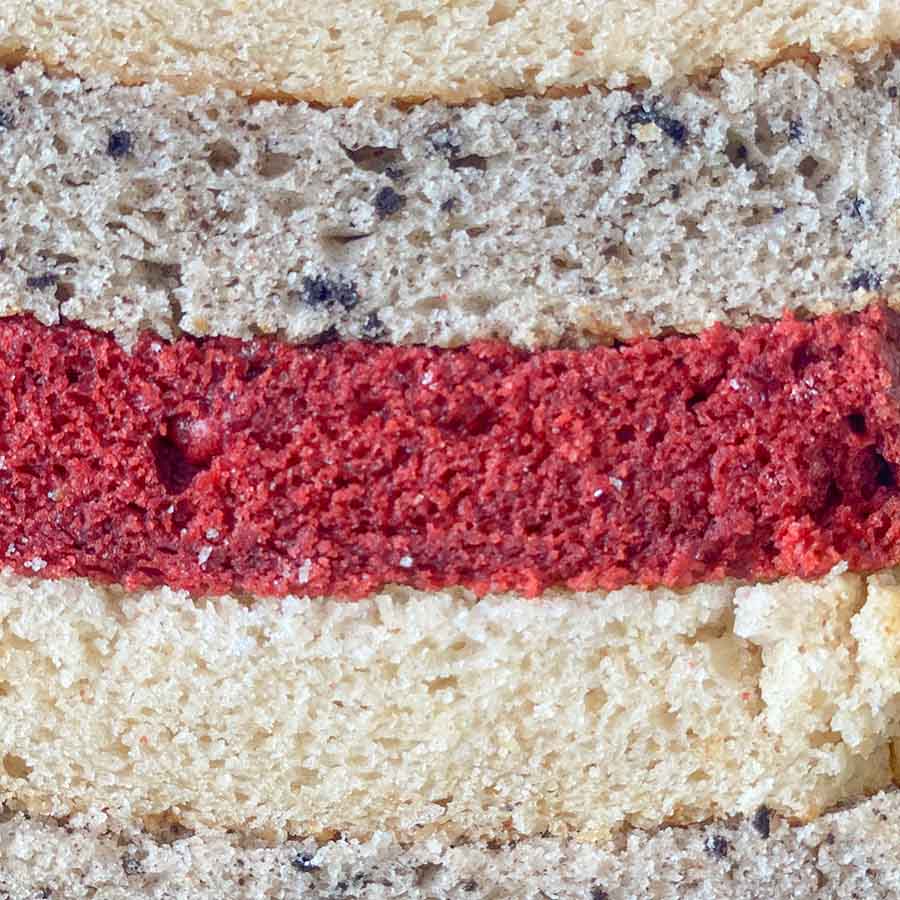
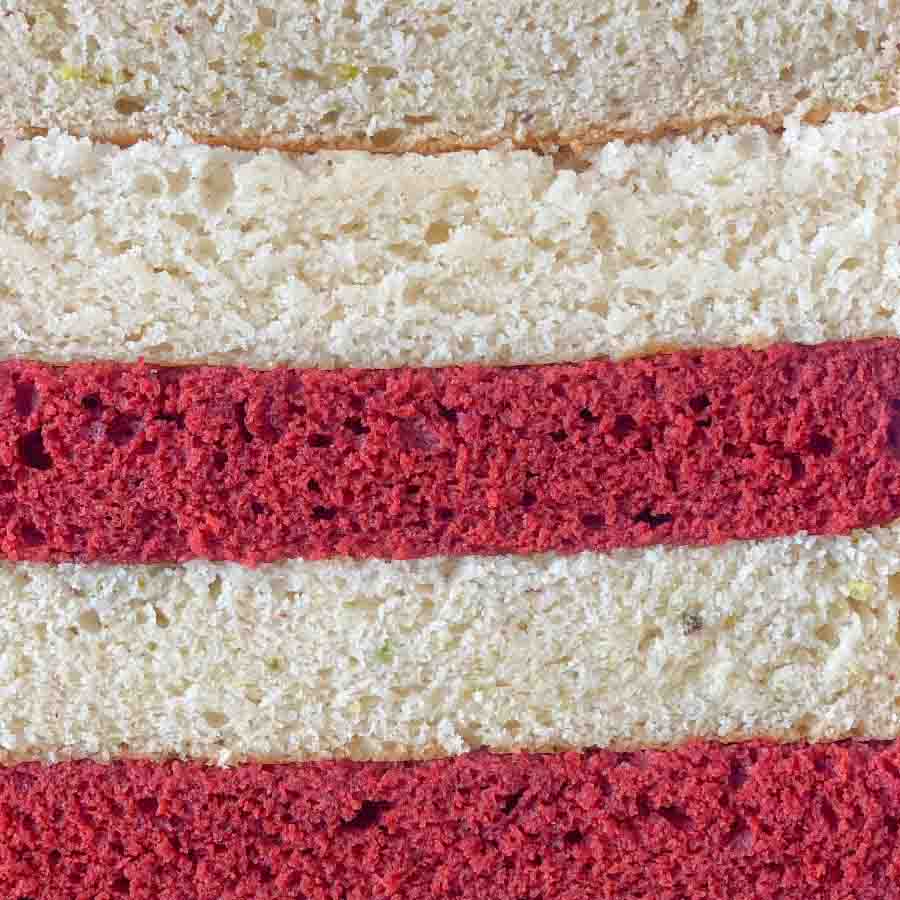
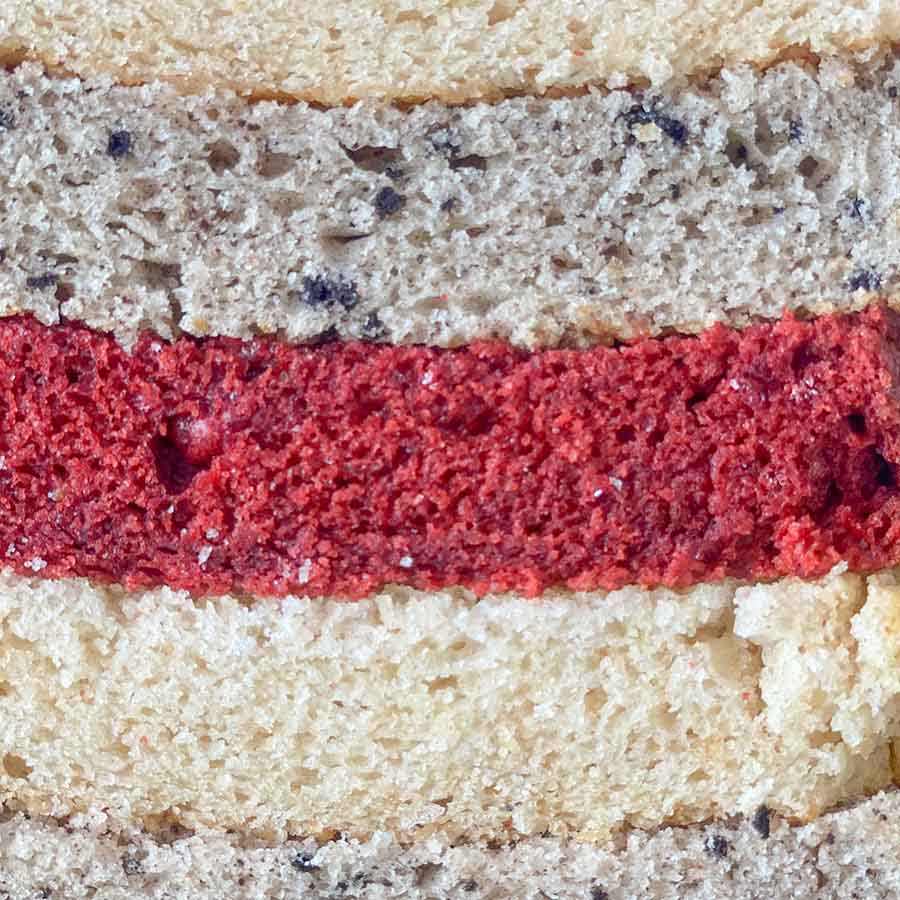

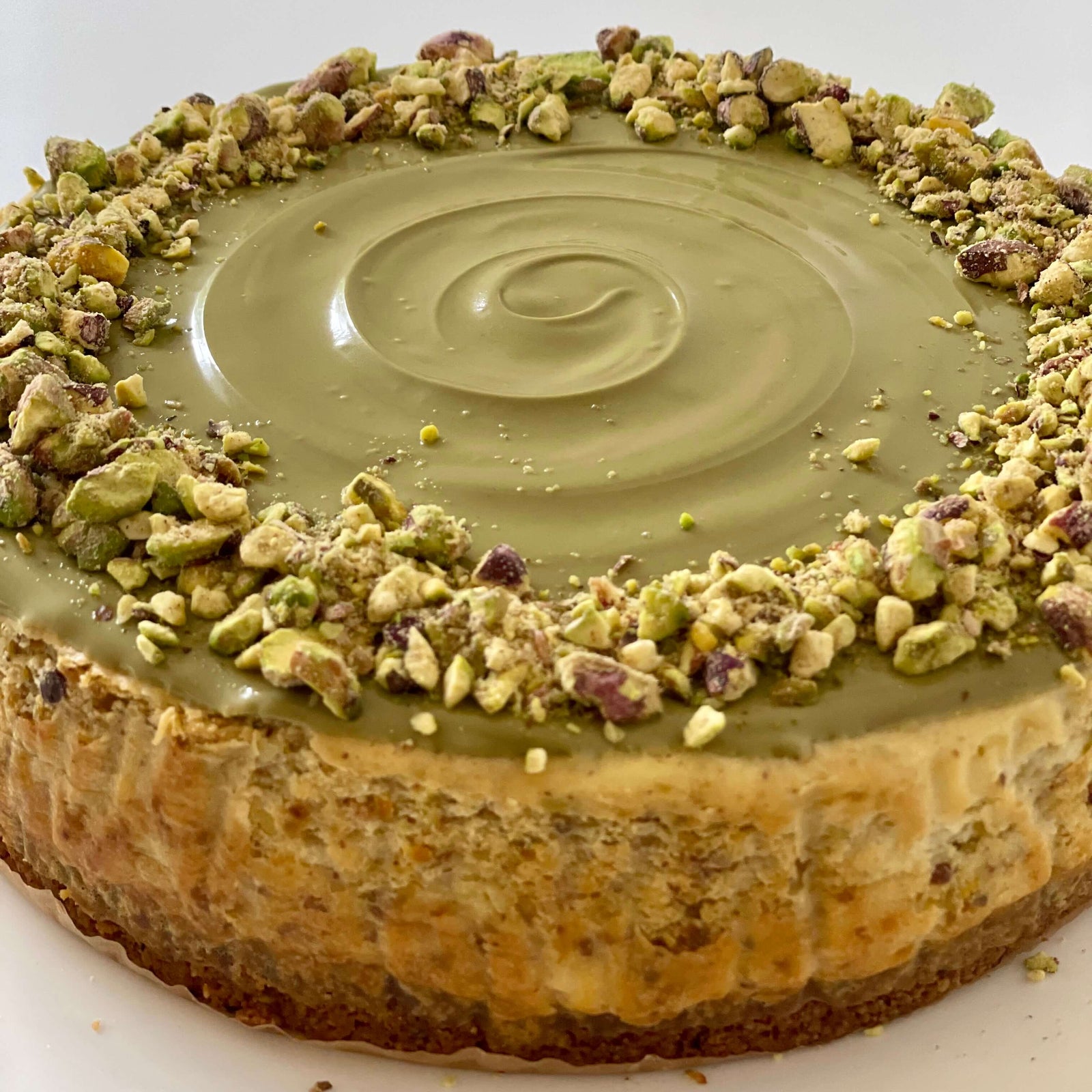
Leave a comment (all fields required)